Understanding the Importance of Roof Inspection in Austin
In a bustling city like Austin, where the weather can range from scorching summers to stormy winters, mitigating the risks associated with a compromised roof is crucial for homeowners. An essential part of maintaining your residence is ensuring that your roof is in excellent condition, which is where roof inspection in Austin comes into play. Regular inspections help homeowners identify potential problems before they escalate into more significant issues, preserving the integrity of their homes and saving them money in the long run.
Why Regular Inspections Matter
Regular roof inspections are not merely recommendations; they are a necessity for protecting your investment. Here are a few reasons why regular assessments are vital:
- Preventative Maintenance: Just like your car requires regular check-ups, your roof needs periodic evaluations to identify wear and tear that may not be immediately visible.
- Financial Savings: Early identification of issues can lead to more manageable repairs, avoiding hefty costs associated with significant damage or complete roof replacement.
- Insurance Requirements: Many home insurance policies require that homeowners keep up with roof inspections, especially after severe weather events.
Signs Your Roof Needs Inspection
Being proactive means knowing when to call in the experts. Here are some common signs that indicate a roof inspection is necessary:
- Visible damage such as cracks or missing shingles.
- Water stains on interior walls or ceilings.
- Increased energy bills, suggesting poor insulation or ventilation.
- Presence of moss or algae, indicating prolonged moisture retention.
The Benefits of Professional Roof Assessments
It might be tempting to conduct a DIY inspection; however, professional assessments bring numerous benefits:
- Expert Knowledge: Professionals possess the training and experience to spot potential issues that an untrained eye might miss.
- Comprehensive Reporting: A professional inspection includes detailed documentation of the roof’s condition, providing valuable insights into maintenance needs.
- Safety: Climbing on roofs can be dangerous. Professionals have the right equipment and know-how to perform inspections safely.
What to Expect During a Roof Inspection in Austin
Understanding what happens during a roof inspection can help homeowners appreciate the value of the service. Here’s what you can expect:
Key Elements Inspected
During a professional roof inspection, several key components are evaluated:
- Shingles: Inspecting for damage, missing shingles, or granule loss.
- Flashing: Checking the metal pieces around chimneys, vents, and eaves for rust or deterioration.
- Gutters: Examining for blockages that could cause water to pool on the roof.
- Attic Inspection: Assessing insulation and ventilation to ensure moisture control and energy efficiency.
Different Types of Roof Inspections
There are several types of roof inspections available, catering to different needs:
- Routine Inspections: Regular checks usually performed annually or bi-annually.
- Post-Storm Inspections: Specific evaluations that follow severe weather events to assess damage.
- Pre-Purchase Inspections: Inspections for prospective home buyers to ensure the roof is in good condition before committing to a purchase.
Frequently Asked Questions
Homeowners often have queries regarding roof inspections:
- How often should I have my roof inspected? It is advisable to have inspections every 1-2 years, or after significant weather events.
- What are the costs associated with a roof inspection? The costs can vary based on the size of the roof and the complexity of the inspection but typically range from $100 to $600.
- Will I receive a report after my inspection? Yes, a professional inspection usually provides a detailed report outlining findings and recommendations.
Choosing a Reliable Inspector for Your Roof in Austin
Finding the right professional for your roof inspection is critical. Here are some tips to help you make the right choice:
What Qualifications to Look For
When selecting a roof inspector, look for the following qualifications:
- Licensing and insurance to ensure the inspector complies with local regulatory standards.
- Experience in the field, especially with the type of roof you have.
- Certifications from reputable organizations, indicating ongoing education and best practices in roofing.
Questions to Ask Potential Inspectors
Engaging potential inspectors with the right questions can help gauge their competence:
- How many years have you been inspecting roofs?
- What does your inspection process entail?
- Can you provide references from previous clients?
Comparison of Local Inspection Services
Consider researching multiple local services and comparing factors such as:
- Service offerings and the depth of their inspections.
- Pricing structures and what’s included in their fees.
- Customer feedback and online reviews.
Preparing for Your Roof Inspection in Austin
Preparation can help streamline the inspection process. Here’s what homeowners should know:
What Homeowners Should Do Before the Inspection
Before the inspector arrives, homeowners can take the following steps:
- Clear away debris from the roof surface.
- Ensure all access points to the attic are easily reachable.
- Remove any obstacles around the perimeter of the home that might hinder access to the roof.
Common Mistakes to Avoid
Homeowners often make mistakes when preparing for a roof inspection. Here are a few to avoid:
- Neglecting to communicate any previous problems with the roof to the inspector.
- assuming that homeowners insurance covers all costs related to roof inspections.
- Overlooking interior indicators of roof damage, such as stains or sagging.
Understanding Inspection Reports
After the inspection, a detailed report is generated. Familiarizing yourself with what to expect can help:
- Look for a clear description of the current state of your roof, highlighting immediate concerns.
- Understand any recommended follow-up actions or repairs.
- Pay attention to any suggested maintenance routines indicated by the inspector.
Post-Inspection: Next Steps After Roof Inspection in Austin
Once the inspection is complete, homeowners need to know how to proceed:
Interpreting the Results
Interpreting what the inspection report reveals is crucial for effective maintenance:
- Consult with the inspector about any concerning findings and ask for clarity on technical jargon.
- Prioritize repairs based on urgency – address leaks and structural issues first.
- Keep a copy of the report for future reference, particularly when discussing insurance claims or selling your home.
When to Schedule Repairs or Replacements
Knowing when to act is key to effective roof management:
- For minor repairs, schedule fixing them immediately to prevent escalation into more significant issues.
- For extensive damage or age-related degradation, consider a roof replacement and consult your inspector for referrals to contractors.
Maintaining Your Roof After Inspection
Post-inspection is not the end of the road. Ongoing maintenance ensures the longevity of your roof:
- Schedule regular roof inspections every few years based on the inspector’s recommendations.
- Invest in a maintenance program that includes periodic check-ups after major storms.
- Stay proactive in managing gutter cleanliness and addressing minor issues promptly.
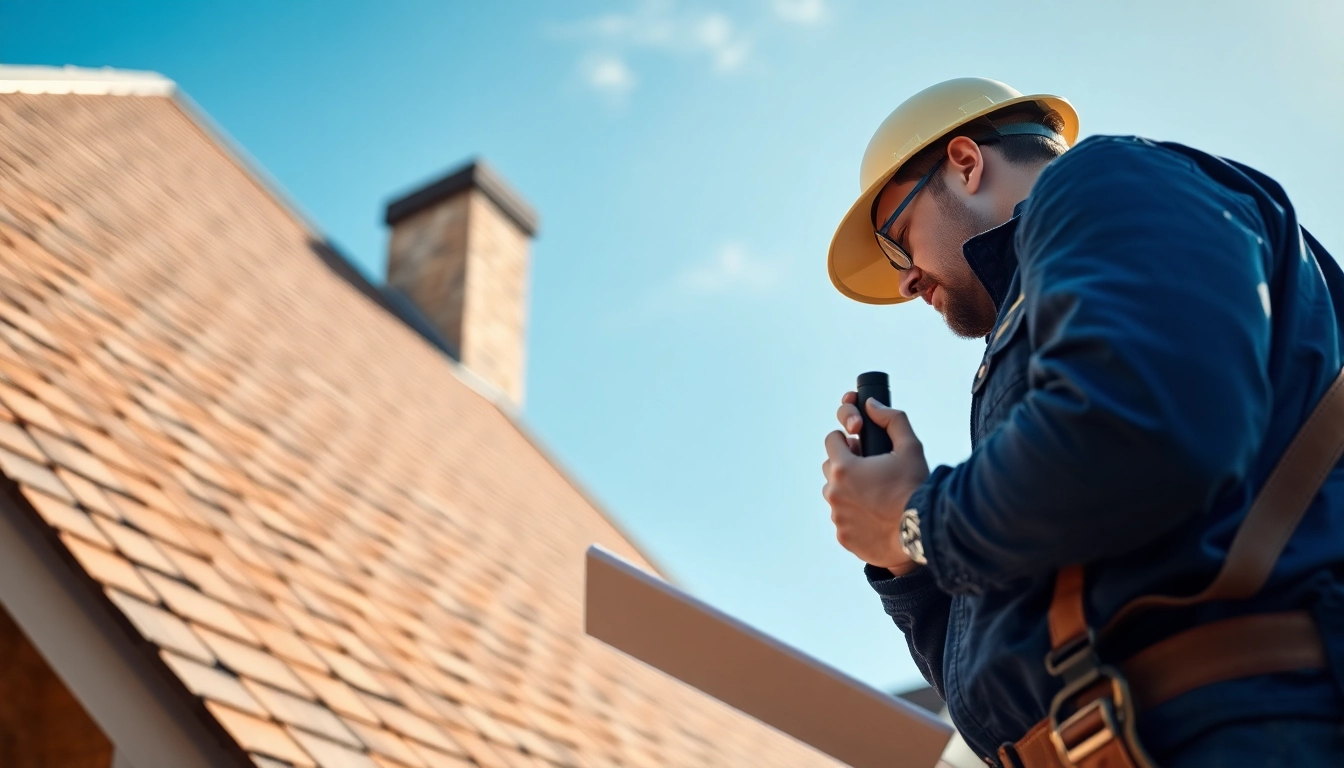

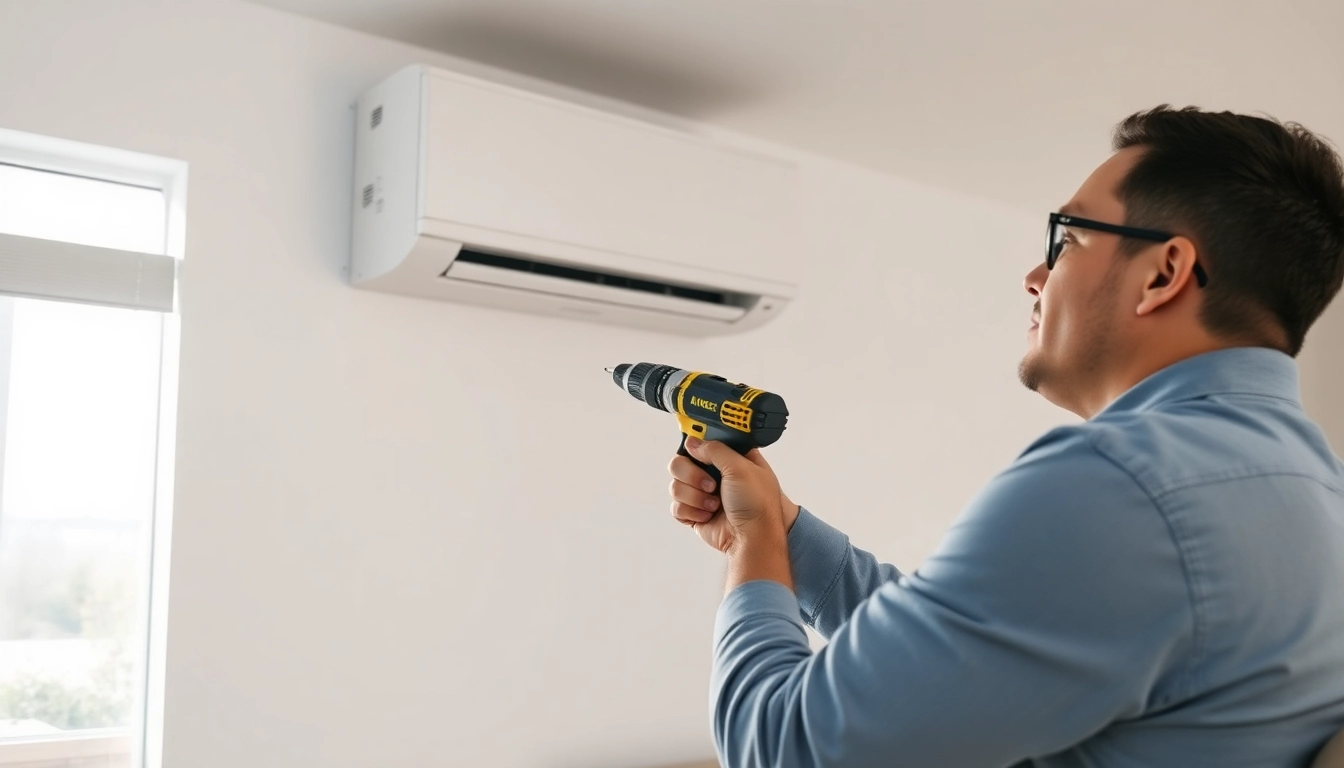
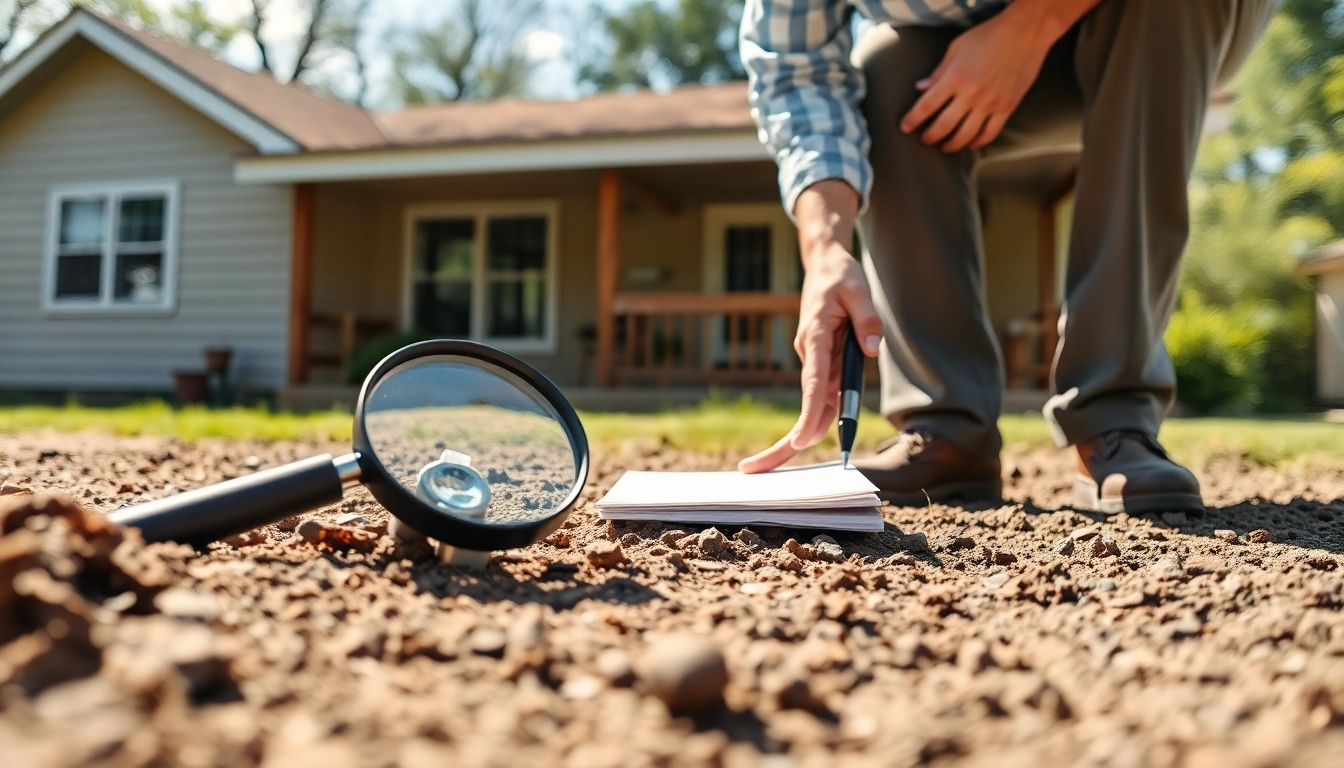
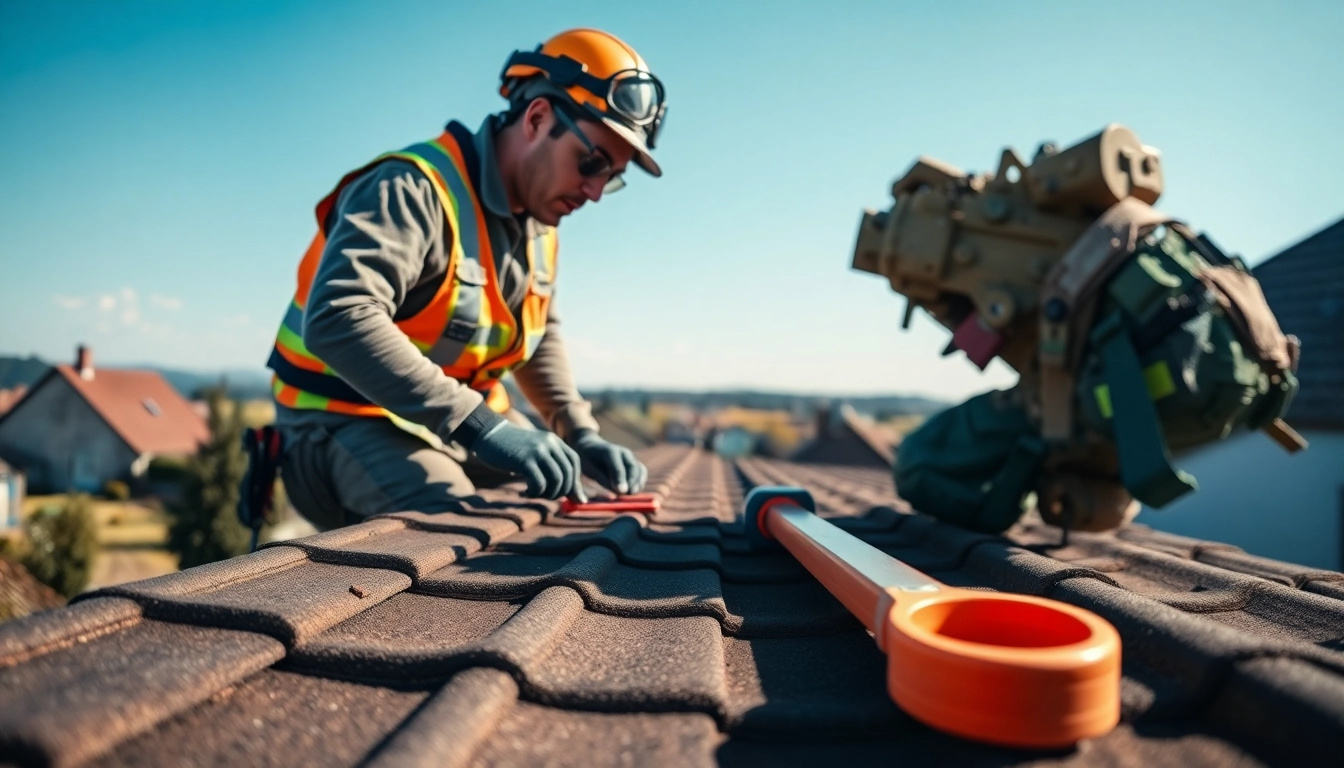

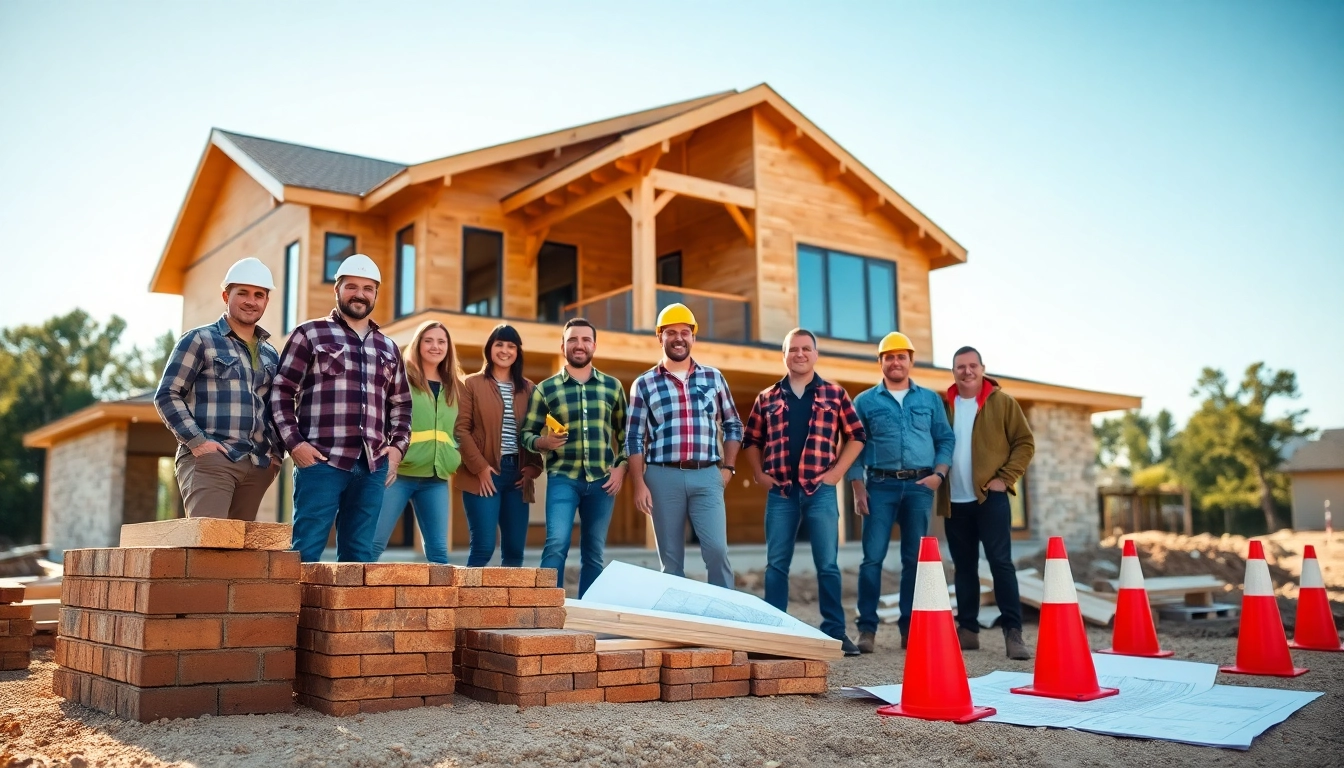








Leave a Reply